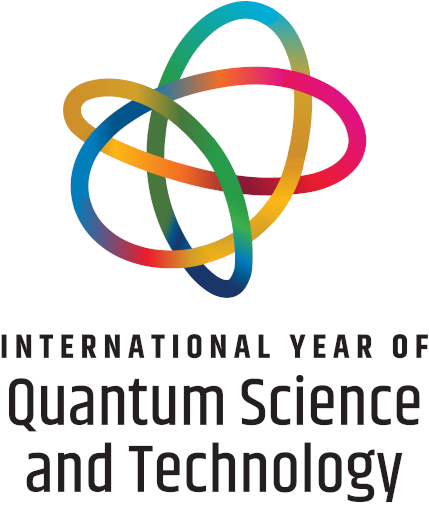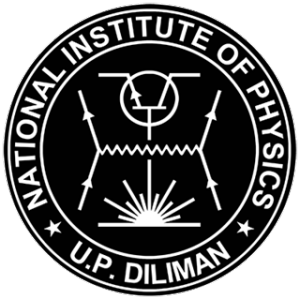Comparative Raman analysis of porous silicon DBRs before and after lift-off under visible and near-infrared laser excitation
Abstract
Porous silicon (PSi) distributed Bragg reflectors (DBRs) were fabricated via electrochemical etching of arsenic-doped n-type Si (100) wafers, followed by lift-off to produce free-standing films (LO-DBR). The structural and vibrational properties of both DBR and LO-DBR were investigated using Raman spectroscopy under visible (532 nm) and near-infrared (785 nm) laser excitation. Under visible excitation, the DBR exhibited primary peak broadening and downshifting from 520 cm−1 to 502 cm−1 due to laser-induced thermal effects, accompanied by an oxide-related secondary peak shifting from 496 cm−1 to 462 cm−1. The LO-DBR showed enhanced thermal sensitivity with stabilization into amorphous Si-O phases. Near-infrared excitation revealed superior thermal stability for DBR/Si with primary peak position at 518 cm−1 while LO-DBR exhibited progressive downshifting from 516 cm−1 to 512 cm−1, and broadening due to reduced heat dissipation. These results demonstrate how both substrate-supported DBR and free-standing LO-DBRs enable distinct approaches for thermally tunable photonic applications.
Downloads
Issue
Entangled!
25-28 June 2025, National Institute of Physics, University of the Philippines Diliman
Please visit the SPP2025 activity webpage for more information on this year's Physics Congress.
SPP2025 Conference Organizers
SPP2025 Editorial Board
SPP2025 Partners and Sponsors











